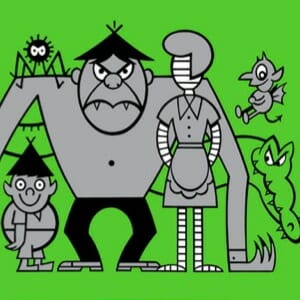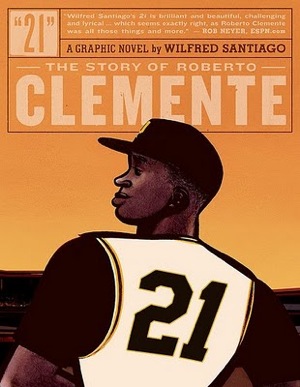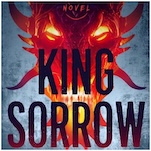Comic Book & Graphic Novel Round-Up (3/30/11)

Every Wednesday, Paste looks at some of the most intriguing comic books, graphic novels, graphic memoirs and other illustrated books.

21: The Story of Roberto Clemente by Wilfred Santiago
Fantagraphics, 2011
Rating: 7.9
Roberto Clemente, the Pittsburgh Pirates Hall of Fame outfielder, is as celebrated for his commitment to charity as his exploits on the baseball diamond. His life and playing career were tragically cut short while trying to bring aid to victims of an earthquake in Nicaragua in 1972. Wilfred Santiago’s reverent comic biography 21: The Story of Roberto Clemente respectfully portrays both the player and the humanitarian without ever devolving into hagiography. Brief glimpses into Clemente’s childhood in Puerto Rico hint at his future, showcasing his natural talent on the diamond, the ambition and work ethic inspired in part by the early death of an older sister, and the poverty and deep-seated religious conviction that forged Clemente’s lifelong commitment to good works. Santiago doesn’t belabor any points in depicting the external pressures that forged Clemente’s personality, from the grief caused by premature loss to the racial intolerance he had to confront in the South of the 1950s and 1960s. Santiago’s pleasantly cartoonish art defuses the sort of stifling sincerity that often turns well-intentioned works like this into ponderous bores. His dynamic layouts during the excellently rendered game scenes are tremendous, amazingly capturing the tension and euphoric release of a successful at-bat. Santiago stretches and skews panels to imbue those moments with motion, from a player sliding into a base to a ball soaring over an infielder’s outstretched glove. Santiago makes the sport exciting for even the most die-hard anti-baseball lout, but more importantly reminds us of the man behind one of the most inspirational figures in sports. (GM)

-

-

-

-

-

-

-

-

-

-

-

-

-

-

-

-

-

-

-

-

-

-

-

-

-

-

-

-

-

-

-

-

-

-

-

-

-

-

-

-








































